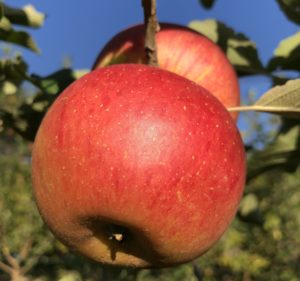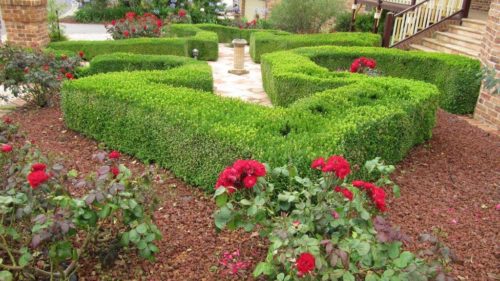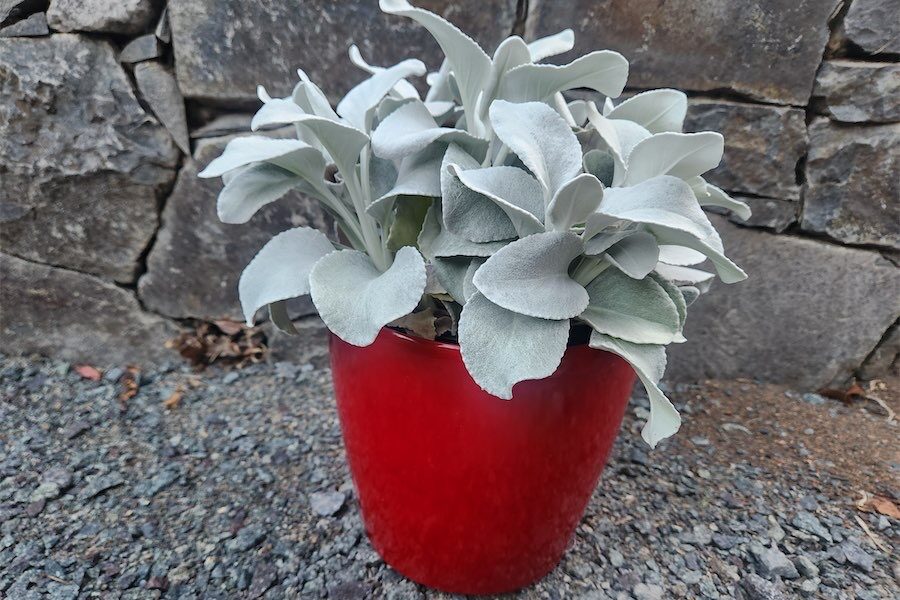Gardening writer CEDRIC BRYANT celebrates the delicious and prolific Cox’s Orange Pippin, which will fruit and thrive anywhere.
MY vast library of books includes early Australian nursery catalogues, magazines and newspapers from the 19th century.

The oldest is a catalogue from 1836 for the “Seeds and Plants, Indigenous and Exotic, Cultivated and On Sale” at Denmark Hill Nursery, New Town Road, Hobart, which was owned by Daniel Bunce.
I also have original copies of “The Gardener’s Chronicle” since 1875, a weekly newspaper founded by English gardener and journalist William Robinson, that was popular with gardeners here in Australia.
An advertisement in my 1897 copy of “The Garden” magazine that caught my eye was for 10,000 “Cox’s Orange Pippin” apple trees, which says: “they will thrive and fruit anywhere, it is astonishing this dessert apple with its delicious flavour and certain prolific crop is not more widely grown”.
 Today it is still considered the classic English apple and the finest of all dessert apples. It’s unfortunate that it isn’t more readily available now, being displaced with the newer trendy “Gala” and “Pink Lady” varieties. The good news is, along with other hard-to-find fruit trees, it’s still available from Heritage Fruit Trees nursery in Victoria. Go to heritagefruittrees.com.au.
Today it is still considered the classic English apple and the finest of all dessert apples. It’s unfortunate that it isn’t more readily available now, being displaced with the newer trendy “Gala” and “Pink Lady” varieties. The good news is, along with other hard-to-find fruit trees, it’s still available from Heritage Fruit Trees nursery in Victoria. Go to heritagefruittrees.com.au.
FROM Elizabethan times, box hedging was used in formal geometric layouts, the spaces between filled with coloured gravel and pebbles. As annuals became popular in Victorian times, the spaces were filled with these colourful plants. An example can still be seen today at Waddesdon Manor in Hertfordshire, the home of Lionel, Baron de Rothschild. To give an idea of the extent of these planting designs, even today more than 100,000 bedding plants are planted out every year in the gardens.
 After Victoria’s reign came to an end, folk wanted a change from rigid formality. William Robinson, mentioned above, and the famous Gertrude Jekyll were the first to break away into a more relaxed garden style, as founders of the cottage garden movement. Particularly after World War I, formal layouts were abandoned with herbaceous borders filled with shrubs and perennials.
After Victoria’s reign came to an end, folk wanted a change from rigid formality. William Robinson, mentioned above, and the famous Gertrude Jekyll were the first to break away into a more relaxed garden style, as founders of the cottage garden movement. Particularly after World War I, formal layouts were abandoned with herbaceous borders filled with shrubs and perennials.
Who can be trusted?
In a world of spin and confusion, there’s never been a more important time to support independent journalism in Canberra.
If you trust our work online and want to enforce the power of independent voices, I invite you to make a small contribution.
Every dollar of support is invested back into our journalism to help keep citynews.com.au strong and free.
Thank you,
Ian Meikle, editor




Leave a Reply